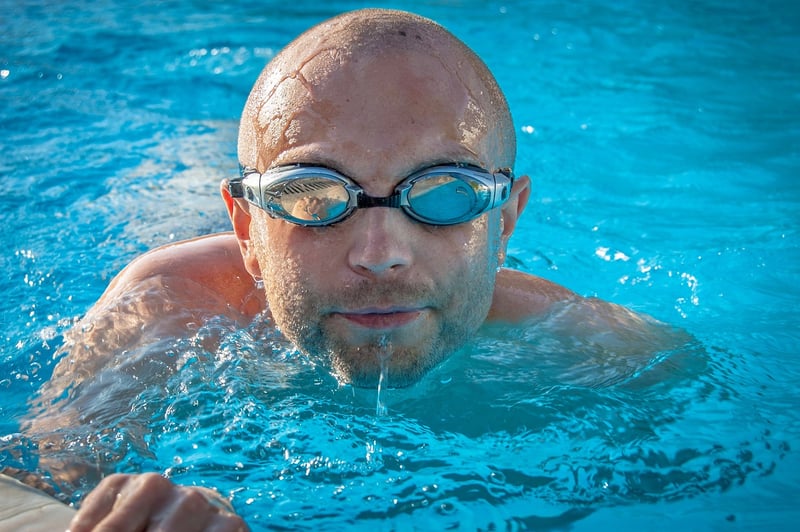Breathing Techniques for Swimmers
Enhance Your Athletic Performance with Proper Breathing Techniques

Athletic performance is influenced by various factors such as training, nutrition, and mental focus. However, one often overlooked aspect that can significantly impact performance is breathing. Proper breathing techniques not only improve oxygen intake but also help athletes manage stress and enhance their overall performance. This article will focus on breathing techniques specifically tailored for swimmers to optimize their performance in the water.
The Importance of Breathing for Swimmers
Swimmers rely on efficient breathing techniques to sustain their performance in the water. Proper breathing not only ensures an adequate oxygen supply to the muscles but also helps swimmers maintain a smooth and rhythmic stroke. Additionally, controlled breathing can prevent hyperventilation, reduce anxiety, and improve overall stamina.
Key Breathing Techniques for Swimmers
- Bilateral Breathing: Swimmers should practice breathing on both sides to balance their stroke and avoid muscle imbalances. Bilateral breathing also enhances symmetry and helps swimmers maintain a straighter path in the water.
- Rhythmic Breathing: Coordinating breathing with the arm strokes is crucial for swimmers. Exhaling underwater and inhaling during arm recovery helps maintain a steady breathing pattern and optimizes oxygen intake.
- Diaphragmatic Breathing: Engaging the diaphragm while breathing helps swimmers take deeper breaths and fully oxygenate their bodies. This technique improves lung capacity and enhances overall endurance.
- Relaxed Breathing: Swimmers should focus on staying relaxed while breathing to conserve energy and reduce unnecessary tension. Tension in the neck and shoulders can hinder performance and lead to fatigue.
Practice Tips for Swimmers
- Integrate breathing drills into your training routine to improve technique and efficiency.
- Focus on exhaling fully underwater to prepare for a quick and efficient inhalation during the recovery phase.
- Experiment with different breathing patterns to find what works best for you and enhances your performance.
- Stay mindful of your breathing during races to maintain composure and optimize your swim.
By incorporating these breathing techniques into your training regimen and staying mindful of your breath while swimming, you can enhance your athletic performance and achieve better results in the water. Remember, proper breathing is not just about oxygen intake—it's a key component of efficient and effective swimming.
Keep practicing, stay focused, and breathe your way to success in the pool!
